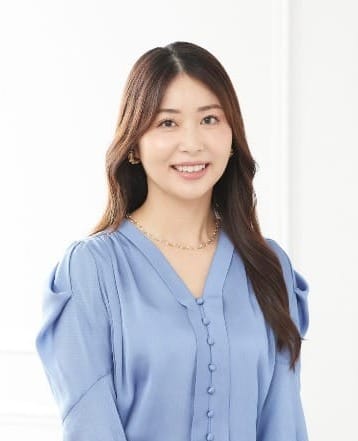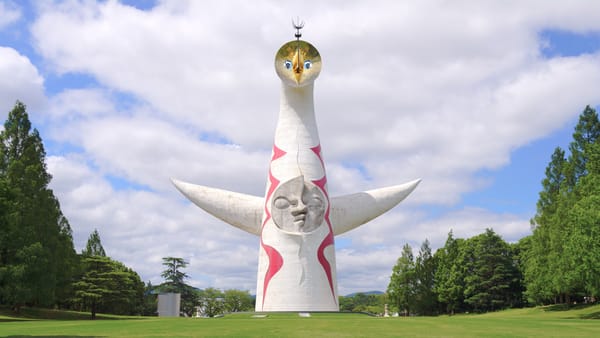Exceeding expectations: How a Japanese mindset can transform your business
Are you familiar with the Japanese word omotenashi? Literally meaning ‘to welcome guests’, it has become widely used in recent years among Japanese speakers, though its interpretation varies.

Advice from Omotenashi Ambassador Kayo Part 1
For some, it evokes the attentive service of a traditional ryokan, or Japanese inn. For others, it suggests offering food and drink with care – the verb form of omotenashi. With Japan’s recent boom in inbound tourism, omotenashi is often equated with creating memorable experiences for overseas visitors. But is that truly its essence?
According to Kayo Tokumaru, the representative of AND ASSIST, ‘Omotenashi means exceeding expectations.’ We asked her what role this concept plays in business in Japan.
How important is omotenashi in Japanese business?
Yumiko (Y): First, could you tell us about the business operations of your company, AND ASSIST.
Kayo Tokumaru (KT): AND ASSIST provides bilingual (Japanese and English) online secretary and virtual assistant services. Specifically, we handle personal assistance, administrative tasks, outsourcing and customer service support. We also plan to expand into consulting – helping foreign businesses understand Japan’s high-quality service standards and supporting Japanese companies with inbound operations. Alongside customer service training, we provide services to help clients communicate their needs effectively in English.

Y: Does customer service outsourcing mean you only handle that aspect of a client's business?
KT: Yes, that's correct. In Japan, customer service is held to extremely high standards, which can be daunting for foreign companies. Our bilingual staff can deliver support that meets local expectations, taking over the entire process.
For instance, we manage enquiries related to apps, social media and online sales.
Y: I see. Since most users of a client's products or services in Japan are local, it makes sense to provide support according to Japanese standards. Could you share an example of this in practice?
KT: Certainly. A foreign resident once asked us to help find a nursery school. As they didn't speak Japanese, we first listened to their requirements, then searched for suitable options.
While English-speaking virtual assistants exist in other countries, tasks like this require local knowledge. It’s not just about finding a school on a map – parents need to know if the location is convenient for commuting and, above all, whether it is a safe place to leave their child. Only someone familiar with local conditions can confirm these points.
In fact, finding a nursery school in Japan can be difficult even for Japanese parents. From the nursery’s perspective, the staff are responsible for the children’s safety, so they naturally worry about potential communication issues in emergencies.
With this in mind, we coached the client on how to convey their intentions during the interview. We helped them demonstrate their commitment to cooperating with the nursery, despite not speaking Japanese. We also offered to act as an interpreter to support communication. Thanks to this, the child was successfully enrolled.
Y: So your service goes beyond simply ‘finding a nursery school’. Would you describe this as your style of omotenashi at AND ASSIST?
KT: Yes. For me, omotenashi means exceeding the customer's expectations. When that happens, customers are impressed and, over time, the value of the service grows through these accumulated experiences.
What is omotenashi, by the way?
Y: That's a much deeper view than what most Japanese people imagine when they think of omotenashi.
KT: Exactly. Because our work is often intangible, it requires imagination. Even small gestures – such as noticing something the client has overlooked, or offering insight they hadn’t considered – can make a real difference. It's not about checking items off a list. It's about taking pride in your role and striving to provide more than the customer expected when they entrusted you with a project.
Y: I see. When we hear the Japanese word omotenashi, many of us associate it with the tourism and hospitality industries – restaurants, hotels, and so on. However, your company is outside those industries, and you still place great value on omotenashi.
Kayo-san, you previously worked as a cabin attendant (CA) for Japan Airlines (JAL). Japanese airlines, including JAL, are renowned for their high service standards. Did that experience shape the foundation of your current work?
KT: Yes, absolutely. I am proud to have learned and provided what I believe is the highest level of hospitality in Japan. Having experienced omotenashi at that standard, I feel it would be disrespectful and, at the very least, lazy to customers to offer anything less. That experience taught me to always perform to the best of my ability.
Y: There are many interpretations of the Japanese term omotenashi and the English word hospitality. The two concepts seem similar, but not quite the same. How would you define omotenashi?
KT: To me, omotenashi means anticipating a customer’s potential needs – even ones they may not be aware of themselves – and responding to them.
The aim is not only to make the customer happy in the moment, but also to help them achieve their true objective. Sometimes that can involve offering honest, even difficult advice.
Omotenashi means anticipating a customer’s potential needs – even ones they may not be aware of themselves – and responding to them.
The aim is not only to make the customer happy in the moment, but also to help them achieve their true objective. Sometimes that can involve offering honest, even difficult advice.
Is omotenashi exclusive to the hospitality industry?
Y: That surprises me. I usually think of omotenashi as simply doing things that make people feel good, not as something that might involve ‘strictness’.
KT: When I say ‘strictness’, I mean guidance that helps the customer reach their true goal, even if it isn’t immediately pleasant. It’s something I’m still exploring myself.
This came up with one of our clients, a freelance creator who asked us to help with customer service because they couldn't handle it alone. Unfortunately, they made an irreversible mistake. Without going into details, imagine they were hired to photograph a wedding. The bride and groom had a particular scene that they really wanted captured, but due to a misunderstanding, it wasn't. This is the kind of work that can't be redone.
The scene in question was entrusted to us, and it was essential for creating something that was supposed to be a cherished memory. As part of our role, we drafted an apology letter to the client. However, they felt the letter was ‘too excessive’ and were dissatisfied with it.
Y: From a foreign perspective, many think Japanese people apologise too much in everyday situations. Is this cultural? But in this case, losing something entrusted to you by a customer seems like a serious mistake.
KT: Yes, it is serious. The client's customer – or ‘our client's client’ – was also Japanese, and in a situation like this, proper acknowledgement is important. We drafted a statement that we believed would best address their feelings, but the client was still upset. We explained that failing to apologise properly could damage their reputation in Japan, and eventually they agreed.
Even so, the client remained unsatisfied and requested that the assistant who drafted the apology letter be replaced.
Y: That sounds challenging. As an omotenashi ambassador, how would you handle it?
KT: I would approach it like this: “The reason for our apology is not the failure itself – namely, that an important scene wasn’t filmed. Your customers are paying not just for a physical product, but for an experience and memories that last a lifetime. We sincerely apologise for affecting the experience they were meant to have.”
By acknowledging clients’ unspoken, intangible expectations beyond the product itself and apologising clearly and concretely, they might think, ‘If you understand that at least, then it's reasonable. People make mistakes.’






